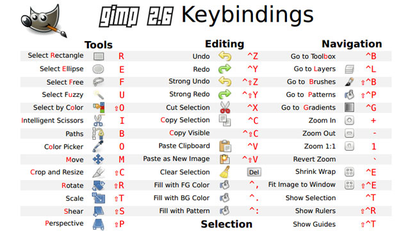

The standard way is through the Open dialog (File - Open). You can load your own brushes, gradients, fonts and more, the same way you open images. Photopea also supports many kinds of resources, that can be used for editing the image. The result can be saved from the PSD to other formats.

It was designed for the use in Adobe Photoshop and became very popular since then.Īll files, that you open in Photopea (such as PNG, JPG, Sketch) are converted to PSD (when they are not PSDs already). Photopea uses the PSD format as the main formatįor storing image documents with an additional information. (we would have to guess the font name, character size, the original image behind the letters would be lost). Letters would become pixels and such text would be hard to change For example, when we add a text into an image and save it as a PNG, Which can be useful for changing the image in the future. Image editors use their own file formats, that contain raster and vector graphics, and additional information, Let's mention PNG and JPG, which contain a single-layer rectangular raster image (a grid of pixels). There are many formats for saving and distributing various types of graphics. Right-click any of the selected objects, select “Save as Picture” from the menu, give the file a name, select a file type, and then click “Save.” Now you have a single image of all the selected objects!Īs an example, let’s see what the image looks like when it’s used in Word.Digital graphics is stored as a raster image, or a vector image. In this example slide, we have four objects, and we are going to select all four.įrom here, the process of saving the objects as images is the same as before. To select multiple objects in a slide, hold the Ctrl key while clicking each object. Let’s head back to our example slide to see how it’s done.įirst, we need to select the objects we want to save as an image. As we mentioned before, the real benefit is when you want to save multiple objects from a slide as a single image. Your object is now saved as an image! Pretty neat, right? Now, you may be wondering why you’d ever need to do this, and understandably so. Next, rename your file, select the file type you’d like to use, and then click “Save.”


 0 kommentar(er)
0 kommentar(er)
